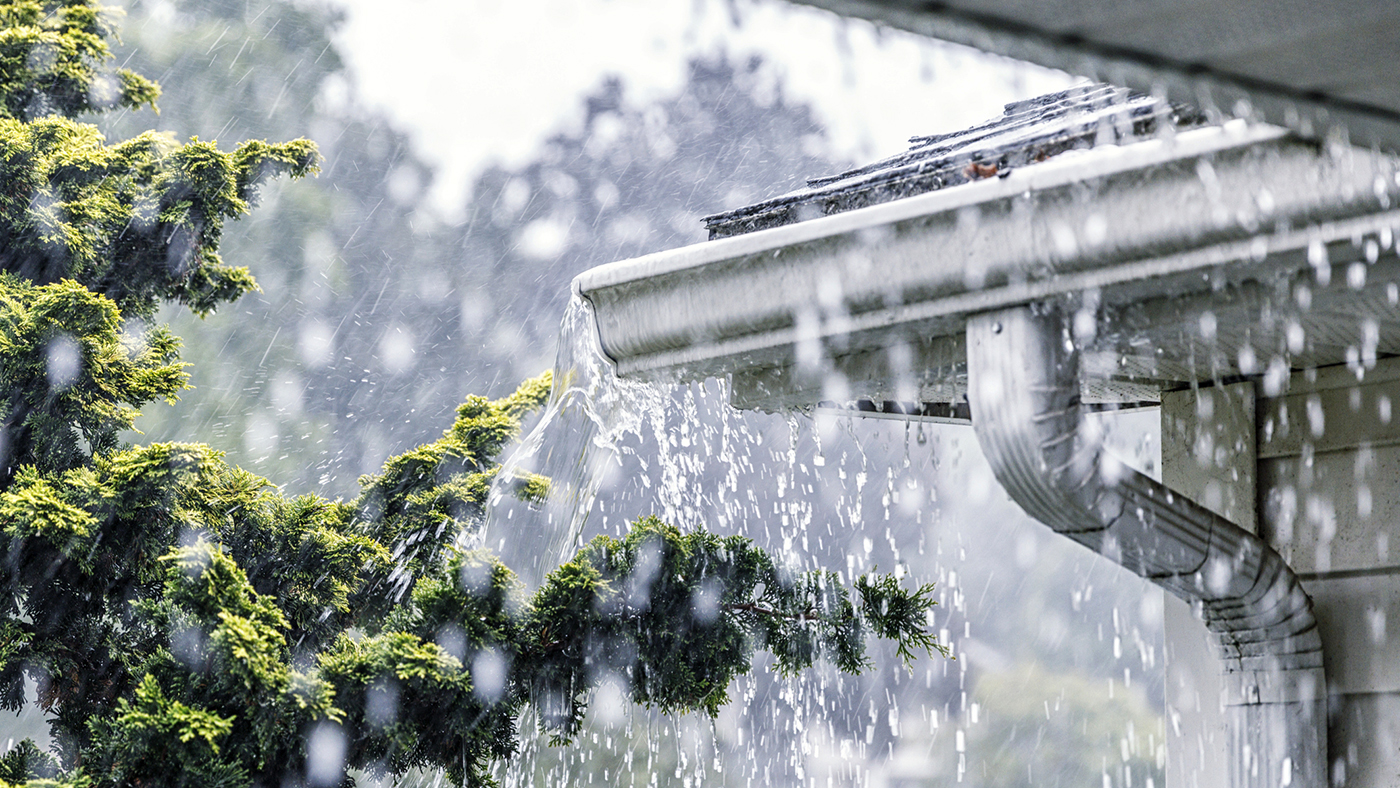How to Prepare Your Home and Family for Spring Storms
You can’t control Mother Nature, but you can plan for it.
 Shutterstock
Shutterstock
Have love for spring flowers but not so much for spring storms? You’re not alone. Spring weather can harm you, your family and your home—causing billions of dollars in property damage each year, according to the Insurance Institute for Business & Home Safety.
So before that April shower pitter-patter turns into wind, thunder, hail and lightning, review these tips to protect your home and family from spring storms:
Stay ahead of the storm with weather alerts.
Sign Up NowCheck your home’s surroundings
Determine whether any trees need to be trimmed away from your home and/or nearby powerlines. Also, secure outside furniture and move yard items indoors if a storm is approaching.
Did you know? Lightning strikes the ground about 30 million times each year in the United States, injuring about 1,000 people.
Clean up after last year
Use spring as an opportunity to remove any debris from your gutters, drains, spouts and roof to help those April showers flow smoothly off your home. Here’s something to keep in mind: High winds and hail cause the majority of roof problems yearly, so keeping your roof well-maintained is an important step to help prevent spring storms from damaging your home.
In the video below, see the different thunderstorm types that can cause roof damage. Click image to start video:
Test your sump pump
Call a plumber to verify your sump pump is clean and draining properly in preparation for spring’s downpours and even drizzles. Keep in mind that while a pedestal sump pump can last 25 or 30 years, a submersible sump pump may last only between five and 15 years.
Caught outside during a spring thunderstorm? The National Weather Service recommends taking shelter in a vehicle, as it’s safer than being outside.
Prepare a first aid kit (or two)
It’s better to be safe than sorry, so equip your home and car with a complete first aid kit. For a list of what to include in a home kit—from dressings and bandages to compresses and instructions—visit redcross.org. And for travel emergencies, go with the AAA Premium Explorer Road Kit, available from online retailers or at your local AAA branch.
Have a family plan
For spring storms and other natural disasters, create a list that includes an evacuation route, shelter location, communication plan and a way to receive emergency alerts, like weather alerts from AAA.
Did you know? Winds from tornadoes can exceed 200 mph, with the most dangerous part being flying debris. Seek a sturdy shelter in an interior room away from windows on the lowest floor, and cover your head.
Know your coverage
Review your homeowners insurance policy (it’s free to do with AAA), and consider adding coverage extensions—like water backup or flood coverage. But don’t stop there. Also think about other ways you can prepare your home for spring storms, like a battery-powered generator, for when your home loses power.
